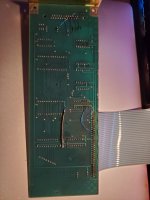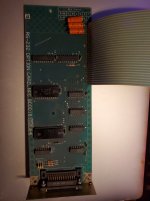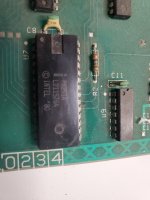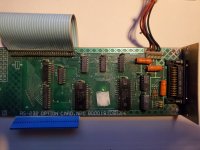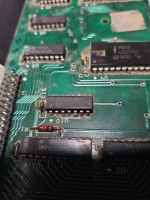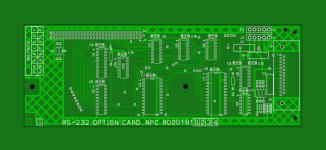LeoBinkowski
Member
- Joined
- Dec 6, 2022
- Messages
- 46
er, sorry. That was one of my dev disks. I used a VC4404 terminal, and always boot using it.Don't forget to remove the profile.sub file. Otherwise it will try to redirect output to the R232 card (we don't have) and there is no A prompt as a result.

